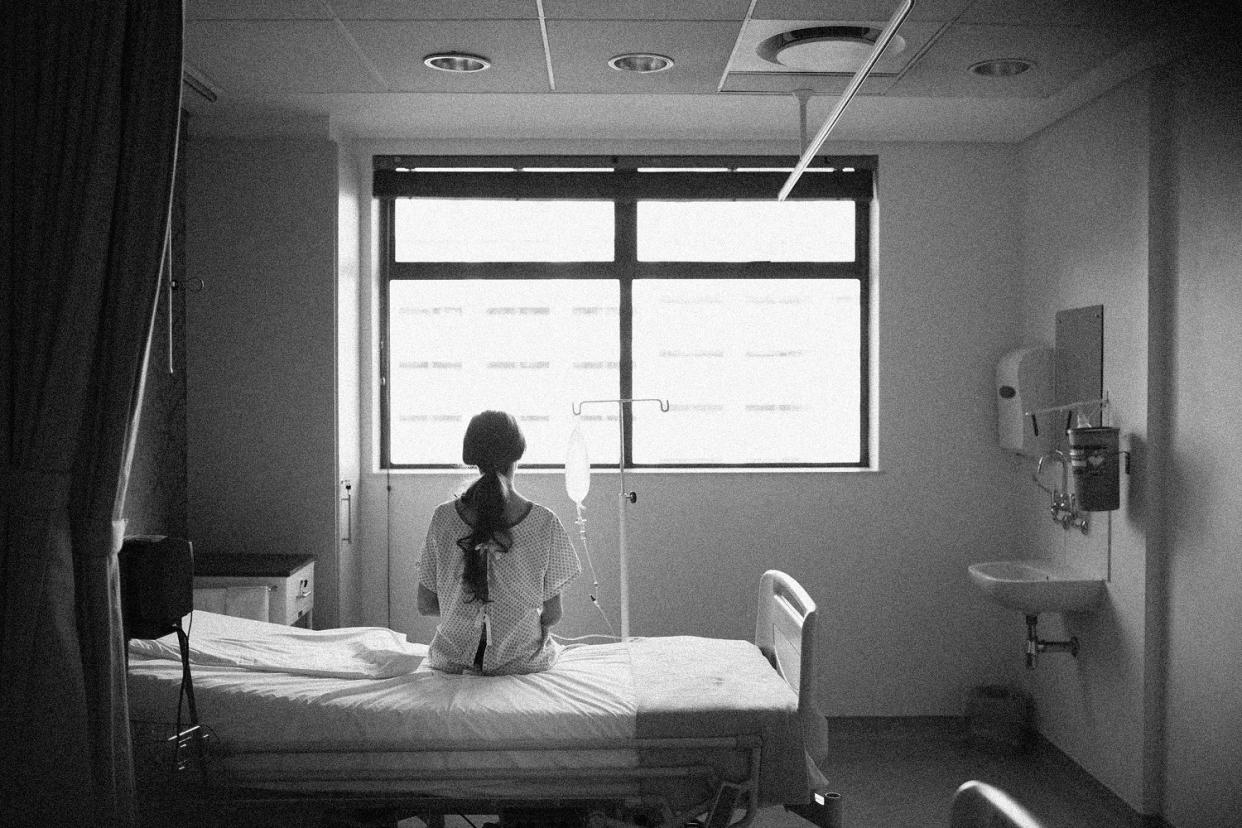Patients with private insurance can face higher health costs at hospitals

People with private health insurance might pay higher prices for procedures or tests at a hospital.
A report published Monday by the research group Rand Corp. found that in 2022, the prices hospitals charged to private and employer-based insurance providers were, on average, 254% higher than what Medicare would have paid for the same services.
“These very high payments ultimately result in higher premiums for health insurance coverage and can result in those needing care having to pay high prices to get it,” said Stacie Dusetzina, a health policy professor at Vanderbilt University in Nashville, Tennessee, who wasn’t involved with the report.
The new findings were based on an analysis of health insurance claims data from more than 4,000 hospitals in 49 states and Washington, D.C., from 2020 through 2022. It included both inpatient and outpatient services. In total, the study analyzed about 6% of what private insurance paid out to hospitals during the time period.
Brian Briscombe, a health care cost analyst at Rand Corp. who led the report, said the high prices charged to private insurers mean patients will also end up paying more, either directly, in the form of higher copays or out-of-pocket payments, or indirectly, in the form of a smaller paycheck.
About 160 million people in the U.S. get their health insurance through their jobs, Briscombe said. “When you think about it in the way of an economist, all of it is paid by the patient. I mean, if it cost my job half as much to have health care, my salary would go up,” he said.
In 2022, hospital services accounted for 42% of health care spending for people with private health insurance, and price hikes from hospitals were a significant contributor to the rise in the average amount spent per person.
The report found wide variation in hospital prices among states.
Hospitals in Arkansas, Iowa, Massachusetts, Michigan and Mississippi charged private insurance prices below 200% of what Medicare would pay.
California, Florida, Georgia, New York, South Carolina, West Virginia and Wisconsin charged private insurance prices that were above 300% of what Medicare would pay.
The report also found that hospitals often charged higher prices for prescription drugs administered by a health care worker, compared to prices charged for the same drugs given in a similar setting, such as a physician’s office.
Briscombe attributed the price discrepancies to the enormous pricing power hospitals wield. If a hospital has limited competition in a given region, for example, it can often charge patients and insurers whatever it wants.
“Obviously, some hospitals cost more because they’re better,” he said. “But as you get more market share, you kind of become the big game in town and it becomes very hard for an employer to say, ‘We won’t use that hospital.’”
Meanwhile, Medicare often pays less in part because it has more negotiating power with hospitals, said Cynthia Cox, a vice president at KFF, a group that researches health policy issues. Most people on Medicare are older adults with underlying health conditions and represent a large portion of hospital revenue.
Molly Smith, group vice president for policy at the American Hospital Association, the hospital industry’s trade group, called the report’s findings “a skewed and incomplete picture of hospital spending.”
An AHA report published in January found that in 2022 Medicare “significantly” underpaid hospitals for the cost of providing care to patients.
For every dollar hospitals spent caring for Medicare patients, they were only reimbursed 82 cents, according to the report. In all, Medicare underpayments totaled $99.2 billion, it said.
“In benchmarking against woefully inadequate Medicare payments, Rand makes an apples-to-oranges comparison that presents an inflated impression of what hospitals are actually getting paid for delivering care while facing continued financial and other operational challenges,” Smith said.
Dusetzina, from Vanderbilt University, said the Rand report’s findings are consistent with earlier studies showing that private insurance often pays higher prices.
“The one benefit for commercially insured individuals is that they do have out-of-pocket limits for in-network care, so even if the prices are very high, as long as the systems where they are getting care are in-network, there is an upper limit on what they would pay,” she noted.
Cox said there has been a push for more pricing transparency from hospitals, which would allow insurers to negotiate for lower rates and patients to shop around for a better deal.
A federal rule from the Centers for Medicare and Medicaid Services requires hospitals to post their prices. However, reports have shown that very few hospitals comply with the rule.
Cox added that pricing transparency can be a bit complicated because it’s not always obvious how much a service will cost and for what reason.
“It’s not always clear from looking at price transparency data exactly how much someone’s being paid,” she said. “For example, you might see that an MRI looks like it costs 20 cents, but really it’s 20% of some other numbers.”
Briscombe said the Rand report is intended to empower and inform employers and patients.
“When you think about the price of anything, whether you’re buying a Lamborghini, you think, ‘Is it overpriced?’” he said. “Well, the only person who can decide that is the person buying it.”
This article was originally published on NBCNews.com

